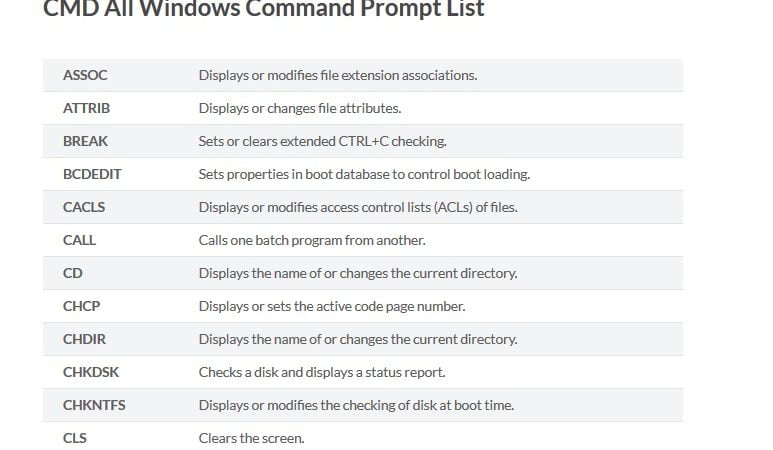

Let’s look at the PATH variable in more detail, so we can learn from it and customize it if we want to do so. This allows Windows to understand that you want to run the file “C:\Windows\system32\cmd.exe” when all you type is the word “cmd”. Instead, when a process is executed by just specifying its name, Windows will check the paths in the PATH variable for that file’s existence, and executes it from the specific path once it is found. The PATH variable allows you to run processes without specifying their whole file-path. They are part of the environment in which a process runs.įor this post, we will talk about a specific variable, the PATH variable. To quote the Wikipedia page (it’s a great explanation!): An environment variable is a dynamic-named value that can affect the way running processes will behave on a computer. To understand how this works, let’s talk a little bit about environment variables. The command can be executed from a command prompt, but also by typing it in the start menu. This can be really useful if you would like to instruct users to perform certain (technical) tasks or to make it easier for your service desk to troubleshoot. Now you don’t have to run each command one-by-one and do a manual reboot, the command does that all automatically. All of this can be scripted in a simple batch file (including warning messages, user confirmation prompts, logging, etc) and executed via a custom command, let’s say “resetnetworkstack”. This requires a series of commands and a reboot, which is tedious. Let’s say you want to reset the network stack. This allows you to do anything that can be scripted by running a command customized by you. There’s a method in Windows 10 that allows you to run custom batch scripts via a dedicated command. In this post, I’d like to talk about a cool feature. Facebook Twitter LinkedIn Email Reddit Pinterest WhatsApp


 0 kommentar(er)
0 kommentar(er)
